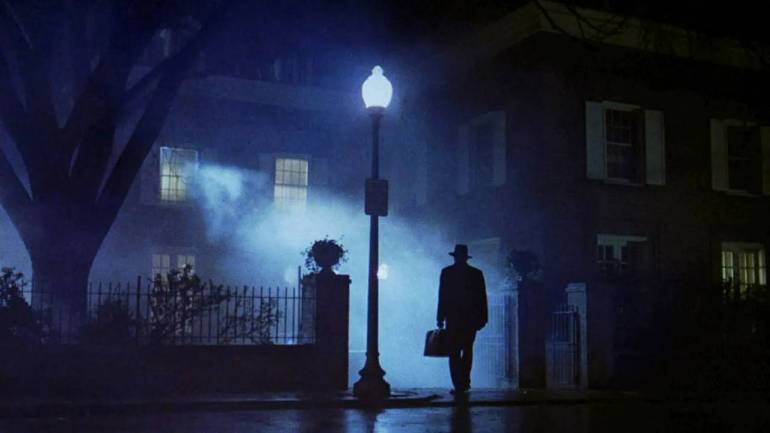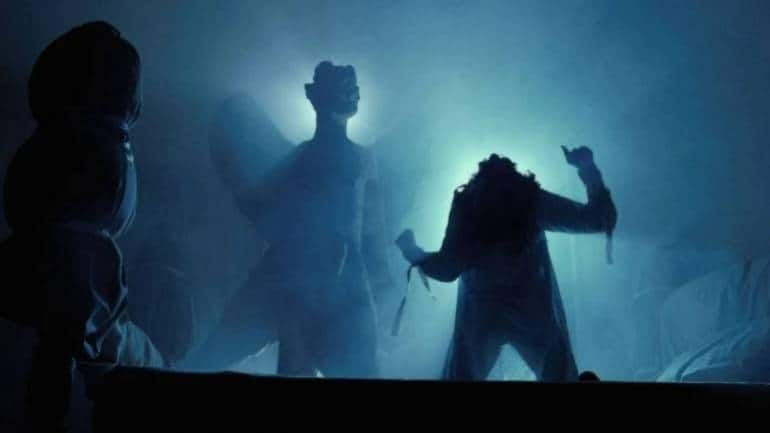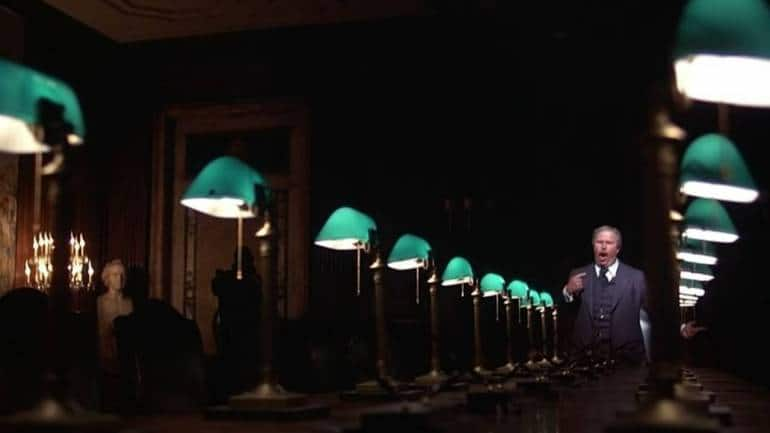Owen Roizman.
Renowned cinematographer, and one of the most crucial talents of the New Hollywood era, Owen Roizman, died last week at his home in Encino, Los Angeles, California. He was 86 and had been under hospice care, according to The Hollywood Reporter.
Noted filmmakers and colleagues including Sean Baker, Jon Kasdan and Edgar Wright have shared tributes.For me, Owen Roizman was number one. R.I.P. pic.twitter.com/HiQSR0Glkb
— sean baker (@Lilfilm) January 7, 2023
Jake & I learned what cinematography... and frankly, filmmaking meant watching Owen Roizman work with our dad in the 90s. A consummate artist - curmudgeonly, joyful, infinitely generous with us kids & we knew there was no cooler job on earth than sitting beside him on that crane pic.twitter.com/I3jXvvTn7V
— Jon Kasdan (@JonKasdan) January 8, 2023
Polio had stunted a young Brooklyn-raised Roizman's desires to be a baseball player, according to Deadline. Camera was at hand. His father was a cameraman for Movietone News newsreel and Roizman would go on to assist cinematographer Gerald Hirschfeld at MPO Videotronics, on the Cold War drama Fail-Safe (1964), among others.
To Roizman's credit are some of the most iconic images and influential cinematographic techniques developed in Hollywood in the 1970s, which saw the rise of such filmmakers as Martin Scorsese, George Lucas, Steven Spielberg, and William Friedkin. With the last of these names, Friedkin, the New York-born lensman collaborated on the gritty crime thriller The French Connection (1971) and the horror classic The Exorcist (1973). Both films fetched him Academy Awards nominations for Best Cinematography.
 An iconic Roizman shot from 'The Exorcist' (1973).
An iconic Roizman shot from 'The Exorcist' (1973).
Roizman was nominated three more times: Sidney Lumet’s news media-themed satire Network (1976), Sydney Pollack’s showbiz comedy Tootsie (1982), and Lawrence Kasdan’s 1994 Western Wyatt Earp, starring Kevin Costner as the fabled policeman of the same name. He won an honorary Oscar in 2017.
Roizman’s legacy is buttressed by his ability to pioneer and switch between different cinematographic approaches that continue to influence till today. Starting off with shooting glossy television commercials on sets with artificial light, Roizman quickly shifted to using natural light and real locations for his second film, The French Connection, which followed two New York City cops hunting a French heroin smuggler.
Friedkin, now 87, in his 2013 memoir The Friedkin Connection mentioned that he was fascinated by the “induced documentary” style of Costa Gavras’s 1969 political thriller Z (the source novel was later adapted in Bollywood as Shanghai in 2012). About Z, Friedkin wrote, “The handheld cameras could go anywhere: the fourth wall was shattered. It was as though you were watching the story unfold rather than seeing something that happened in the past.”
This was the style Friedkin requested of Roizman, who, had until then, shot nothing of this kind. But the young cinematographer was game. The result was history: a hardcore police thriller unfolding on New York City’s streets, featuring one of the greatest, longest and most complicated car chase sequences ever shot on film.
“There’s going to be a chase scene… but it will be through New York traffic. Ever shot a chase before?” Friedkin asked Roizman, he writes in his memoir. Roizman said no. Friedkin replied, “Neither have I”.
The French Connection had Roizman slotted as a gritty cinematographer, but he overturned expectations two years later with Friedkin’s The Exorcist, which combined suburban drabness with supernatural horror accentuated by intelligent use of light and fog. The shot of the titular exorcist, Max Von Sydow, arriving at the MacNeil residence to investigate a case of demonic possession, where he stands in the dark while blinding light envelops him from the windows of the house, is the stuff posters at movie nerds’ homes are made of.Among the challenges on The Exorcist was to make the room of the haunted teenager Regan (Linda Blair) believable. The William Peter Blatty novel the film was based on mentioned that Regan’s room was extremely cold and anybody entering it would develop a chill. Besides chilling the room artificially, as Roizman told American Cinematographer in 2020, a trick Roizman used was backlighting the breath of the characters while keeping everything else dark. It worked like magic.
One of the most horrifying shots in the film is the momentary glimpse of the demon, Pazuzu, executed practically with a 12-foot-statue in Regan’s room that Roizman suddenly lit on cue, and then it faded out.
 Pazuzu appears in 'The Exorcist' (1973).
Pazuzu appears in 'The Exorcist' (1973).
In a 2010 interview, Roizman pointed out that digital advances in cinematography have surely made achieving camera tricks easy but now they are “maybe, on the surface, it’s believable, but in subconscious, it’s unbelievable.”
Roizman’s talents to morph his cinematography in accordance to the story held him in good stead through the ensuing decades.
In the more-relevant-than-ever Network, which describes how compromised the news business is, one of the best scenes has a communications corporate mogul (Ned Beatty) launch into a most cynical diatribe about how the entire world is a free-market hell with nations no longer existing: “The world is a college of corporations, inexorably determined by the immutable bylaws of business.. it has been since man crawled out of the slime.” Roizman ominous and dark view of the scene is goosebumps-enducing.
 ‘The world is a college of corporations’ scene in 'Network' (1976).
‘The world is a college of corporations’ scene in 'Network' (1976).
Roizman had become one of the most sought-after cinematographers in the 1970s, and so he had to let go of many projects which became cult successes, such as Steven Spielberg’s Jaws (1975). The reason? "I was thinking to myself the whole time, as he [Spielberg] was describing the story to me, 'Jesus, a shark terrorising a town on Long Island — that means going on a boat a lot.' I get seasick,” Roizman told Los Angeles Times in 2017.
Some of his other film credits from the 1970s include The Gang That Couldn’t Shoot Straight (1971), Herbert Ross’ Play It Again, Sam (1972) and Elaine May’s The Heartbreak Kid (1972), but one of his most interesting projects came in his later years: Barry Sonnenfield’s The Addams Family (1991). Generations familiar with the gothic-comedic franchise will know its dark fantasy-based aesthetic, a far cry from Roizman’s natural light-based cinema. Roizman aced that as well, and the blockbuster offered the template for future installments in the franchise, including Netflix’s recent streaming success Wednesday.
In his words, his shooting philosophy wasn’t very different from how, well, journalism should be: “My style — if I have one at all — is simply to approach a subject and try to record it on film as it should look, rather than as I might want it to look… Whatever my eye sees, I like to see on film — which is not always easy to achieve.”